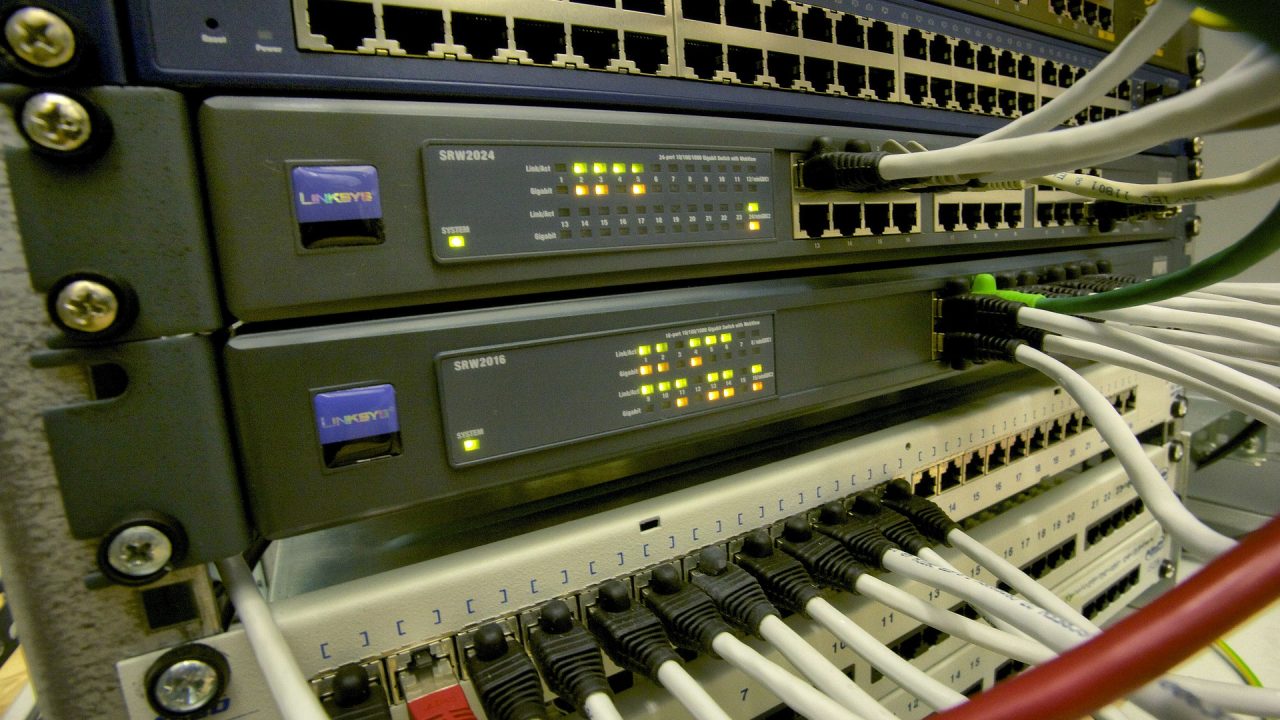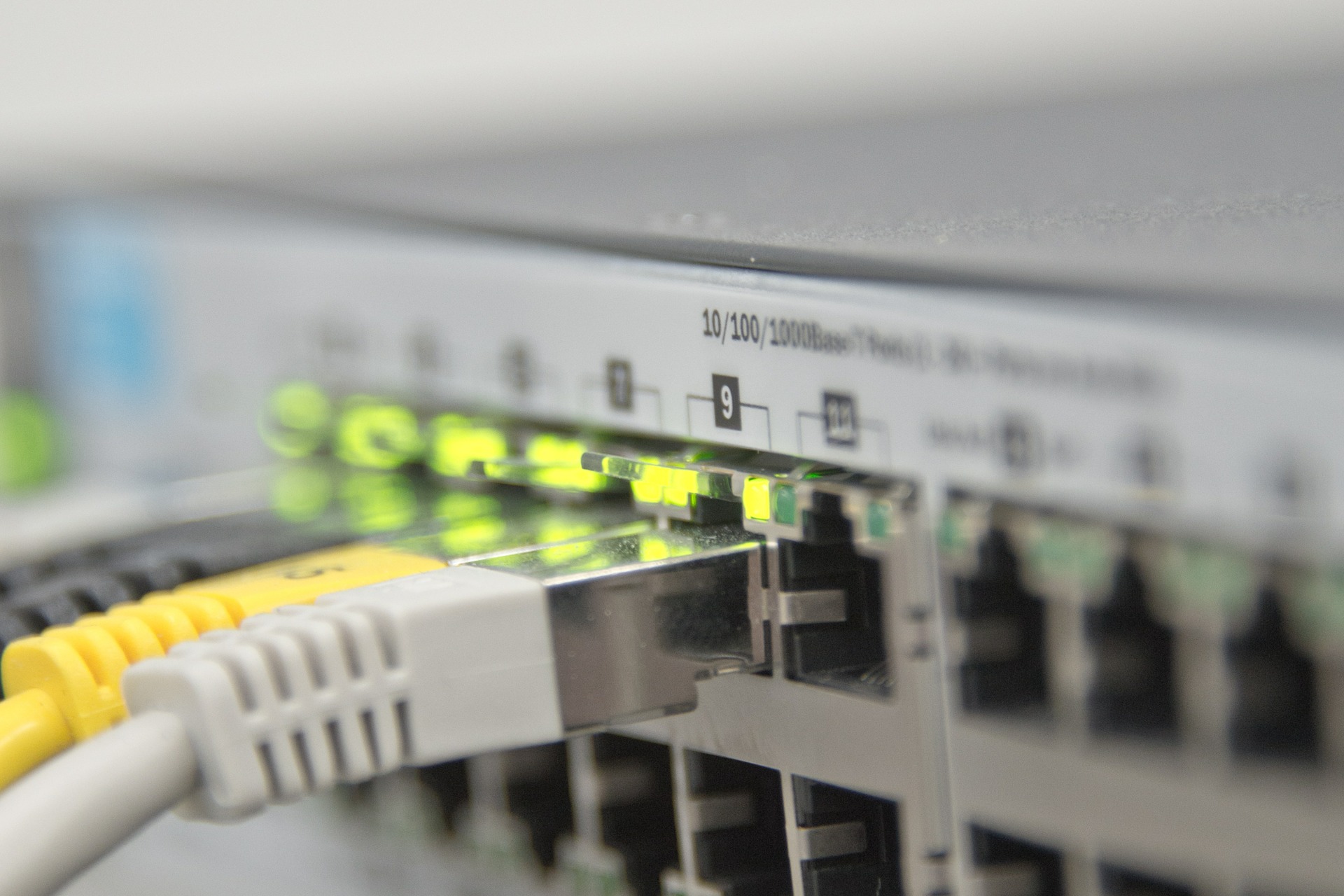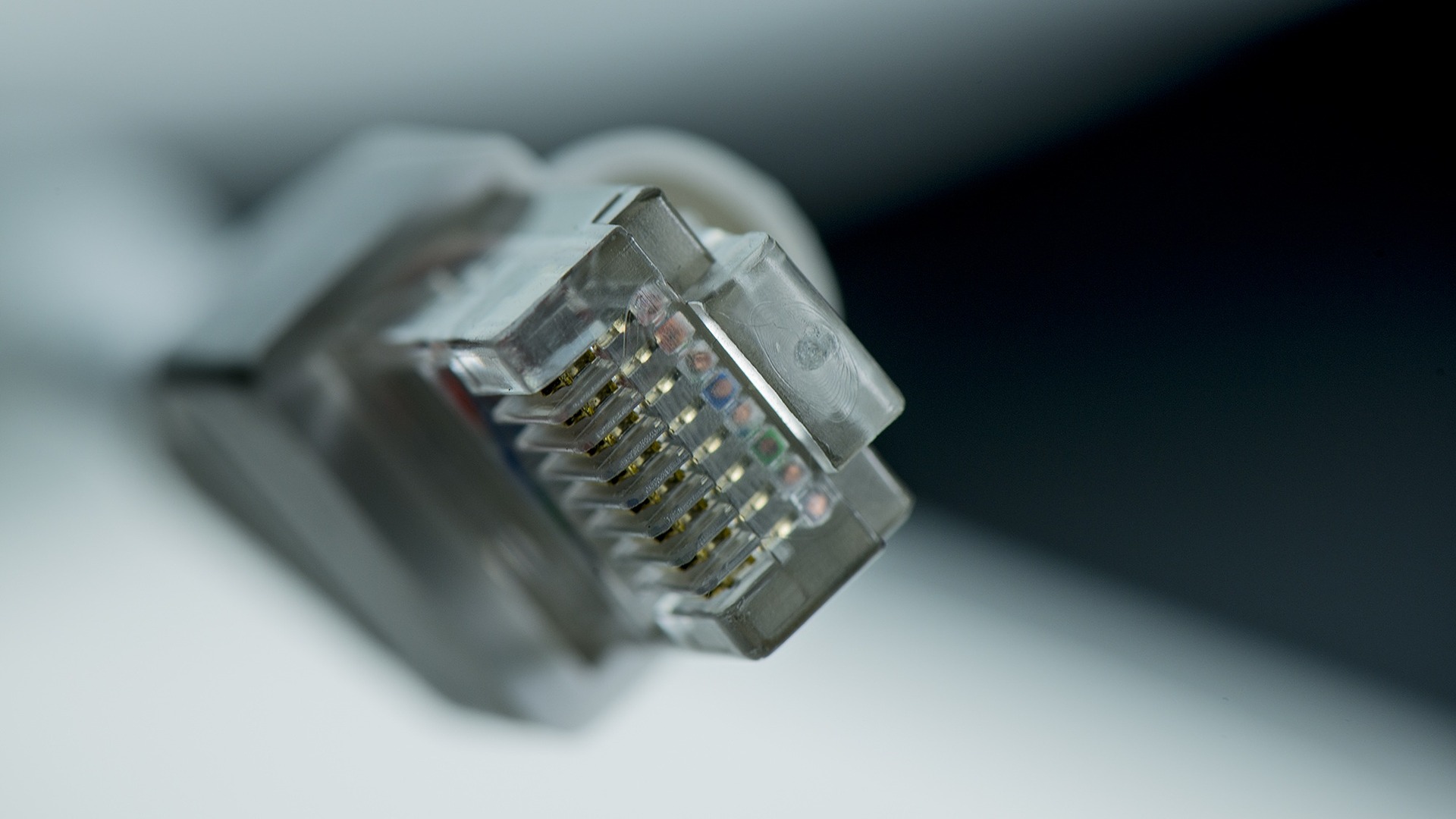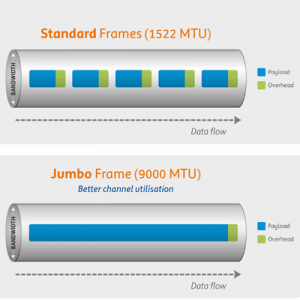What are Jumbo Frames and How Do You Use Them?

Jumbo Frames can provide some serious benefits for your local network. They can speed up your overall network speed, provide better interaction between some applications, and reduce strain on your network. They also have some serious limitations and drawbacks because they break the Ethernet standard. If you’re considering implementing Jumbo Frames, it’s important to do your homework first.
Ethernet Frames
Before you can understand Jumbo Frames, you need to have a decent idea what Ethernet Frames are. So, Ethernet frames literally frame out the data being transferred in Ethernet packets. All Ethernet Frames have the same basic parts. This structure is crucial for cooperation between devices. It must be recognizable to any Ethernet device in order for data to be transferred and understood. Every Ethernet Frame begins with a preamble. Network devices use the preamble to differentiate the frame to synchronize transfer of the frame.
At the end of the preamble is the Start Frame Delimiter (SFD). The SFD is there to separate out the preamble from the actual meat of the Ethernet Frame. Right after the SFD comes the destination MAC address followed directly by the source MAC address. Of course, these are important for ensuring that the packet gets where it needs to go and a response can be sent. The next piece is only present in VLAN configuration. It contains information about the VLAN.

Following that, there’s a small section of the frame that contains information on the protocol of the data transfer that the packet and frame are part of. If it is TCP/IP data, that will be represented here. This next piece is the data itself. This data, or payload, contains the chunk of information that is actually being transferred. The payload is the whole reason for everything else. The payload is the biggest part of the Ethernet Frame. Its size can change, but the network’s Maximum Transmission Unit (MTU) determines its maximum size. The Ethernet standard sets the MTU at 1500 bytes.
Finally, the end of the Ethernet Frame is the Frame Check Sequence (FCS). It is a Cyclic Redundancy Check (CRC) that enables the recipient of the frame to check for missing or corrupted data.
What Makes Them Jumbo?
So, why are Jumbo Frames jumbo? They carry much larger payloads than normal Ethernet Frames. Instead of carrying the usual 1500 byte maximum, Jumbo Frames can load up to 9000 bytes. These significantly larger frames can carry six times the amount of data as standard frames. In theory, you can reduce the number of packets being transferred on your network to one sixth of standard rates under ideal conditions.
Why Go Jumbo?

You’ve already seen a glimpse of the reasons to use Jumbo Frames on your network. Now, it’s time to dive deeper and get into the main reasons to choose Jumbo Frames.
They can reduce your bandwidth usage. One of the primary purposes behind Jumbo Frames is to load more data into fewer Ethernet Frames. By using fewer frames, you reduce the overall number of transactions on the network. This reduction can be dramatic. In any case, fewer transactions can equate directly to less bandwidth being used. Jumbo Frames also reduces stress on you networking equipment. Your equipment must take time to process every packet that it receives. The payload size doesn’t really impact the required processing time. Networking devices are only concerned with the network data at the beginning of an Ethernet Frame. So, fewer large payloads put less stress on network gear than many small payloads.
Jumbo Frames may increase the overall speed of the network too. Because your network hardware has to process fewer frames, and the network is using bandwidth more efficiently, your data transfer rates should be higher. The effect should be similar to being on a network with fewer users and less traffic.
What’s The Catch?
Jumbo Frames aren’t perfect. There are a couple of very clear drawbacks to implementing them on your network.
First of all, you need equipment that supports Jumbo Frames. Now, this isn’t usually a problem in enterprise environments, but it’s still a consideration. All of your network equipment must support Jumbo Frames. Usually, this means it must have at least gigabit speeds. You must also explicitly configure it to work with Jumbo Frames. If some piece along the chain doesn’t support Jumbo Frames, it will fragment the frames. Doing so will increase the load on that device’s CPU, create a bottleneck, and slow down your network. In short, if your network doesn’t support Jumbo Frames, you’ll get the opposite of the desired results.
It’s not just your routers and switches that you need to look out for. The network interface cards(NIC) of all of your client machines also should support Jumbo Frames. If they don’t, they’ll still work, but the connection will slow down at that client as it breaks don the frames into smaller standard ones.
It’s also important to remember that larger packet sizes are more susceptible to corruption. This is something that’s true to any time you’re working with large pieces of data. Network hardware has gotten better at preventing corruption, but it’s still a factor.
How To Use Them

Like with most networking situations, it’s very hard to provide specifics. Everything here comes down to compatibility, though. If all of your hardware supports Jumbo Frames, setting them up shouldn’t be a problem. MTU is the key to using Jumbo Frames. The process of setting up your network comes down to changing the MTU setting on every device to 9000 bytes, instead of the default 1500 bytes. First, check each router, switch, and any other network specific device on your network. Make sure that it supports Jumbo Frames. If they all do, change the MTU setting on each one.
Then, do the same thing on your connected devices. You will have to set the MTU through the operating system of each computer. This tends to be easier on Unix-based systems, but you can do it in Windows too. In Windows 10, you can enable Jumbo Frames through the settings of you NIC. In the Device Manager, you can select your NIC. Look for a Jumbo Frames setting. If it’s not there, your card doesn’t support it. When you select Jumbo Frames, set the size to 9k.
Under Linux, there are several ways to enable Jumbo Frames. Assuming you’re using Linux on the desktop, you can increase the MTU size through Network Manager. Select the correct connection, and you can input a custom MTU value. If you’re working with a server, you have some other CLI options, including writing a custom Systemd unit, setting it via ifconfig on startup, or setting the value in resolv.conf.
If you have phones or other devices that don’t support Jumbo Frames, the Ethernet Frames coming from those devices will remain the standard 1500 bytes. The device will break down any Jumbo Frames that arrive at it.
If you’re running a large network, you will probably see a nice benefit from Jumbo Frames. Home users can use them, but might not see as much benefit. Since setting them up isn’t too hard, it’s something that you can experiment with, if you’re feeling adventurous.

















